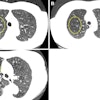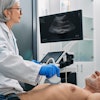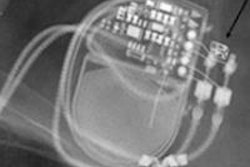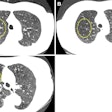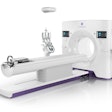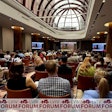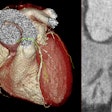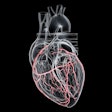Dear Cardiac Insider,
Spanish researchers are using a diffusion-weighted imaging (DWI) MRI protocol to detect edema in patients with myocarditis -- and they like the results better than conventional short tau inversion-recovery (STIR) images, according to a study we're highlighting in this issue.
Their success appears to result from their use of a high b value DWI protocol, which shows the edema in myocarditis more conspicuously than a traditional STIR protocol, according to the study team from Hospital Cruz Roja and Hospital San Juan de Diós in Córdoba, Spain. And considering that myocarditis is being found more frequently these days, a more conspicuous imaging technique is just what the doctor ordered. You can see images of the new technique and read about the team's future plans by clicking here.
When it comes to pacemakers and MRI, the differences between MR-conditional and MR-unsafe devices really aren't so big, say researchers from Finland. The important thing is to follow the protocol -- and remember a few other steps, too, according to an article you'll find here.
Intra-atrial right coronary artery (IARCA) anomalies are rare, but they usually occur in patients with other cardiac anomalies, according to a new Polish study. And although IARCA anomalies don't always cause problems when left alone, things can turn serious pretty quickly during certain invasive endovascular procedures, the authors report in a story you'll find here.
Nuclear and molecular medicine are exactly what Europe needs to help care for its aging population, but the field desperately needs a few champions to help spread the word, according to a report from the Association of Imaging Producers & Equipment Suppliers in Brussels. There is simply no more straightforward way to tell when the heart is under stress, researchers say here.
Last but not least, sudden cardiac death among the young isn't just for athletes anymore. In fact, it occurs more often due to inherited conditions that often go unseen until it's too late, and can be screened cost-effectively, said U.K. researchers presenting at Prevent 2014 in Amsterdam. Find out what to look for by clicking here.
We invite you to scroll through the rest of the links below for the latest in cardiac imaging in Europe -- all right here in your Cardiac Imaging Digital Community.


